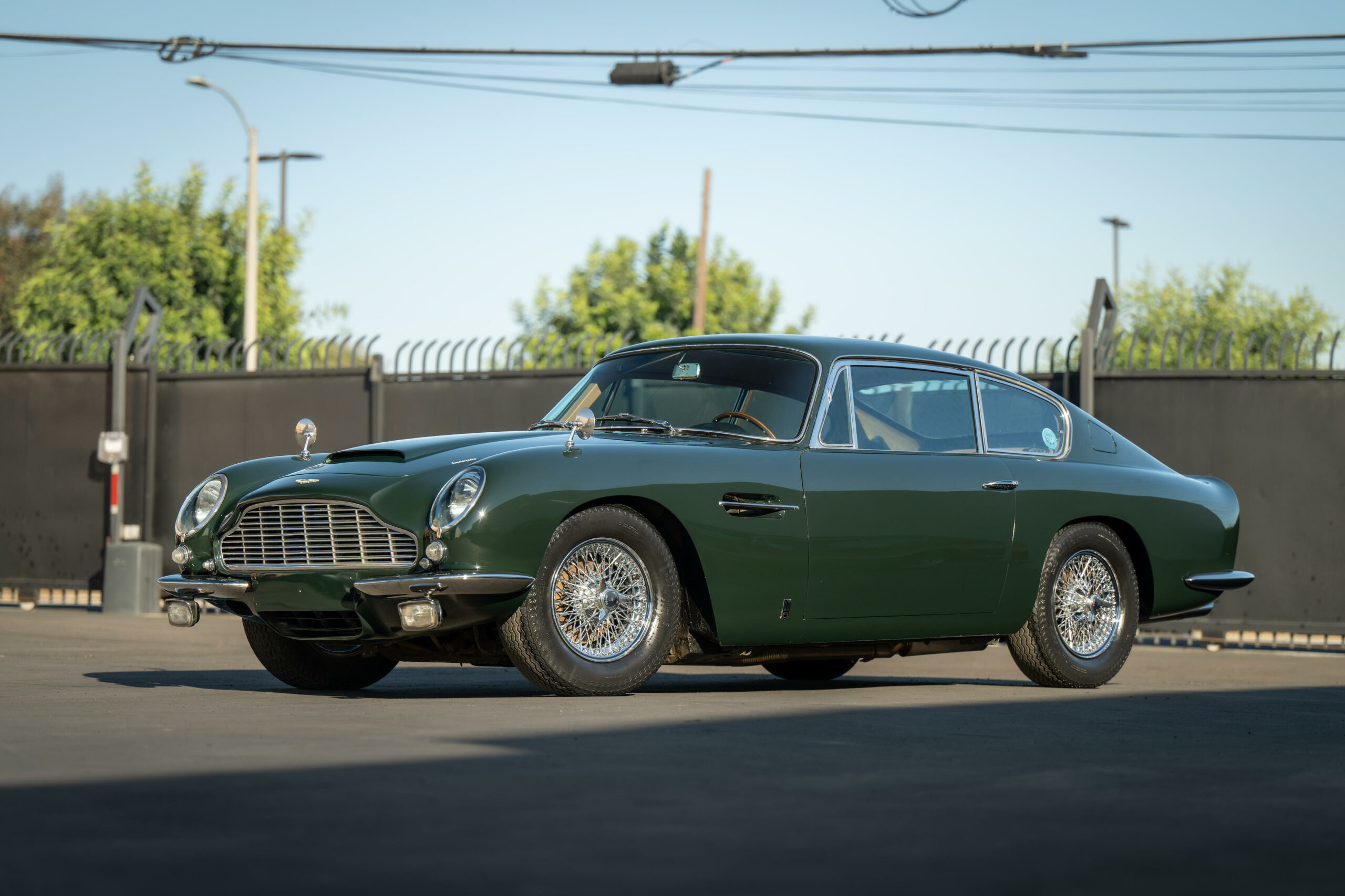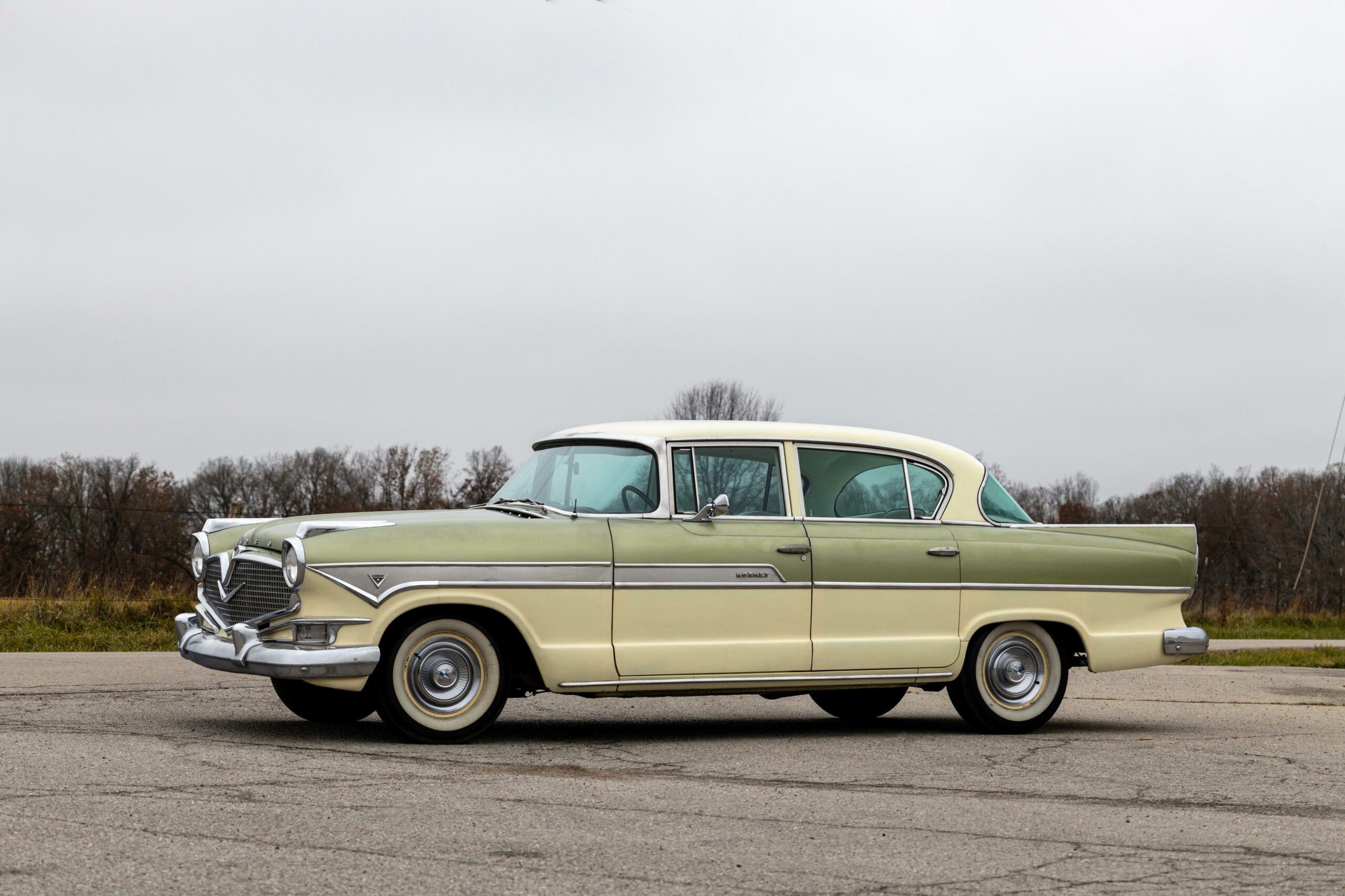Categories
- 1910s
- 1920s
- 1930s
- 1940s
- 1950s
- 1960s
- 1970s
- 1980s
- 1990s
- 2000s
- AMC
- Aston Martin
- Autobianchi
- Bentley
- BMW
- Bristol
- Buick
- Cadillac
- Chevy
- Chrysler
- Citroen
- Classic Cars
- Classic Hot Rods
- Classic Muscle Cars
- Classic Sports Cars
- Cunningham
- Davis
- Duesenberg
- Edsel
- Facel Vega
- Ferrari
- Fiat
- Ford
- Ghia
- Hillman
- Hudson
- Jaguar
- Kaiser
- Lamborghini
- Luxury Car
- Maserati
- Mercedes-Benz
- Moretti
- Packard
- Panhard
- Plymouth
- Porsche
- Reliant
- Rolls-Royce
- Studebaker
- Toyota
- Uncategorized
- Vespa
- Volvo
- Wolseley
The history of AMC, which stands for American Motors Corporation, is a story of a company that played a significant role in the American automotive industry during the 20th century. AMC was known for its innovative approach and its ability to adapt to changing market conditions.
AMC was formed in 1954 through the merger of two struggling independent automakers, Nash-Kelvinator Corporation and Hudson Motor Car Company. The merger was prompted by the need to create a stronger company capable of competing with the “Big Three” American automakers at the time: General Motors, Ford, and Chrysler.
One of the key figures in the formation of AMC was George W. Mason, who had previously been the president of Nash-Kelvinator. Mason became the president and CEO of AMC and played a pivotal role in the merger. Under his leadership, AMC aimed to differentiate itself from the competition by producing compact and fuel-efficient cars, which was a departure from the larger and more extravagant vehicles offered by the Big Three.
In 1955, AMC introduced the Rambler, a compact car that became a cornerstone of the company’s product lineup. The Rambler was well-received by consumers for its practicality and fuel efficiency, and it marked the beginning of AMC’s focus on producing smaller cars.
One of AMC’s most iconic and successful models was the Rambler American, introduced in 1958. This compact car was designed to appeal to budget-conscious consumers and became a best-seller for the company. It showcased AMC’s ability to compete in the compact car market and was an early example of the “economy car” segment.
AMC continued to innovate, introducing features like the first reclining front passenger seat in 1960 and the first compact car with an automatic transmission in 1961. The company also made a strategic decision to enter the performance market by producing the AMC AMX and Javelin, which competed in the muscle car segment.
One of the most significant developments in AMC’s history was the introduction of the AMC Gremlin and the AMC Pacer in the 1970s. The Gremlin was a subcompact car known for its distinctive design, while the Pacer was noted for its unique styling and innovative features. These models garnered attention, although they faced mixed reviews.
AMC also entered the growing market of compact SUVs with the introduction of the Jeep brand. The Jeep CJ-5 and later the Jeep Cherokee became popular off-road vehicles, contributing significantly to AMC’s success.
Despite its innovative efforts, AMC faced financial challenges throughout its history, especially during the 1970s and early 1980s when the oil crisis and changing consumer preferences affected the entire automotive industry. In 1987, AMC was acquired by the French automaker Renault.
The story of AMC is a tale of innovation and adaptability in the American automotive landscape. While the company faced many challenges, it made significant contributions to the development of compact cars and SUVs, and its legacy lives on through the continued popularity of the Jeep brand, which is now part of Stellantis. AMC’s ability to innovate and cater to changing market demands left an indelible mark on the history of the American automotive industry.





